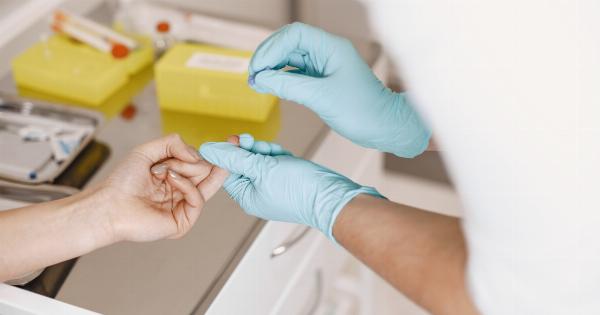Glucagon, also known as the counter-hormone of insulin, is a hormone produced by the pancreas that helps regulate blood sugar levels. It works by converting stored sugar in the liver into glucose, which is then released into the bloodstream.
Glucagon is an important hormone in maintaining blood sugar levels, especially during fasting or exercise.
Liraglutide, a medication used to treat type 2 diabetes, works by stimulating insulin secretion, suppressing glucagon secretion, and slowing gastric emptying.
It is an analog of glucagon-like peptide-1 (GLP-1), a hormone released by the intestines in response to food intake. GLP-1 helps regulate blood sugar levels by stimulating insulin production and inhibiting glucagon secretion.
However, recent studies have shown that liraglutide use may lead to an unanticipated rise in glucagon levels, especially in patients with type 2 diabetes.
This unexpected effect may have important implications for glucose control and hypoglycemia risk in patients using liraglutide.
The Study
A study published in Diabetes Care in 2015 evaluated the effects of liraglutide on glucagon levels in patients with type 2 diabetes. The study included 162 patients who were randomized to receive either liraglutide or placebo for 12 weeks.
Blood samples were collected at baseline and after 12 weeks of treatment to measure levels of glucagon and other metabolic markers.
The study found that liraglutide significantly increased glucagon levels compared to placebo. After 12 weeks of treatment, glucagon levels increased by 38% in the liraglutide group, while they remained unchanged in the placebo group.
The researchers noted that the rise in glucagon levels was unexpected and contrary to the proposed mechanism of action of liraglutide.
The study also found that liraglutide improved glycemic control, as evidenced by reductions in HbA1c levels and fasting plasma glucose levels.
However, the increased glucagon levels may counteract the benefits of liraglutide in some patients, especially those who are more prone to hypoglycemia.
Possible Mechanisms
The mechanisms underlying the unanticipated rise in glucagon levels with liraglutide use are not yet fully understood. Some researchers have proposed that liraglutide may interfere with the physiological feedback loop that regulates glucagon secretion.
GLP-1 normally inhibits glucagon secretion in response to hyperglycemia, but liraglutide may override this inhibitory effect by directly stimulating alpha cells in the pancreas to secrete glucagon.
Other researchers have suggested that the rise in glucagon levels may be a compensatory response to the suppression of insulin secretion by liraglutide.
When insulin secretion is suppressed, the body may increase glucagon secretion to maintain stable blood sugar levels. However, this compensatory response may be exaggerated in some patients, leading to hyperglucagonemia and impaired glucose regulation.
Implications and Recommendations
The unanticipated rise in glucagon levels with liraglutide use may have important implications for glucose control and hypoglycemia risk in patients with type 2 diabetes.
Hyperglucagonemia can lead to increased hepatic glucose production, which may worsen glycemic control and increase the risk of hypoglycemia. It can also counteract the benefits of liraglutide, such as weight loss and improved cardiovascular risk factors.
Therefore, clinicians should be aware of this unexpected effect and monitor patients for signs of hyperglucagonemia, such as fasting hyperglycemia or unexplained fluctuations in blood sugar levels.
It may be helpful to measure glucagon levels periodically in patients using liraglutide to assess for this effect and adjust treatment as needed.
It is also important to note that the rise in glucagon levels with liraglutide use may vary among patients and depend on factors such as baseline glucagon levels, insulin resistance, and pancreatic alpha cell function.
Therefore, individualized treatment strategies may be necessary to optimize glucose control and minimize the risk of hypoglycemia.
Conclusion
Liraglutide, a medication used to treat type 2 diabetes, has been shown to lead to an unanticipated rise in glucagon levels in some patients.
The exact mechanisms underlying this effect are not yet fully understood, but it may have important implications for glucose control and hypoglycemia risk. Clinicians should be aware of this effect and monitor patients using liraglutide for signs of hyperglucagonemia. Individualized treatment strategies may be necessary to optimize glucose control and minimize the risk of hypoglycemia.




























